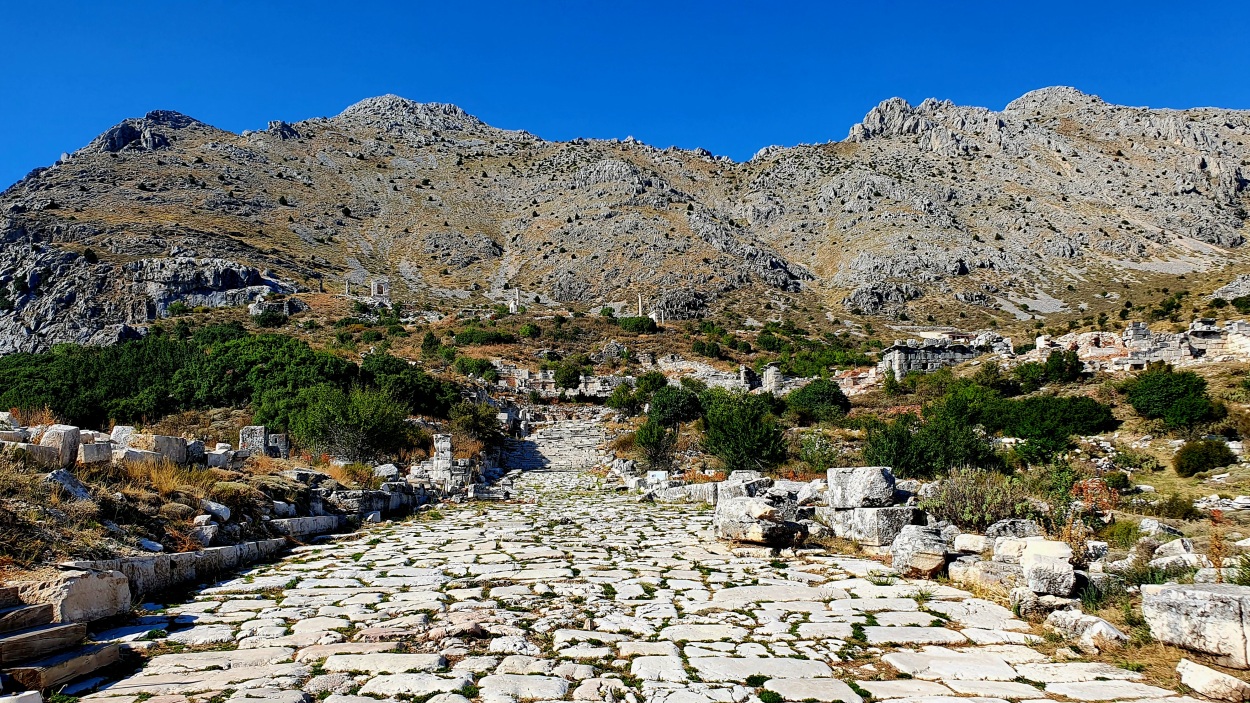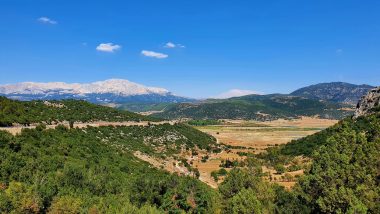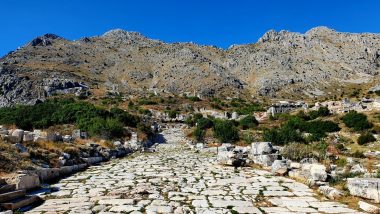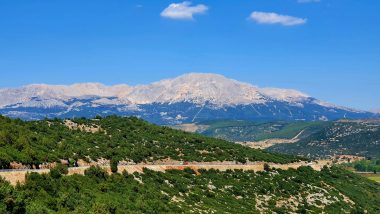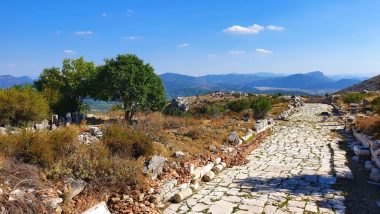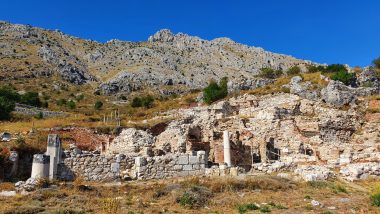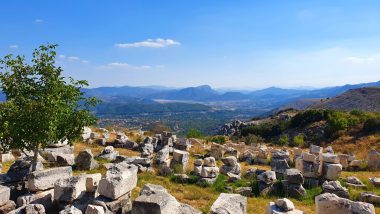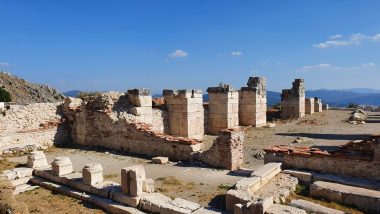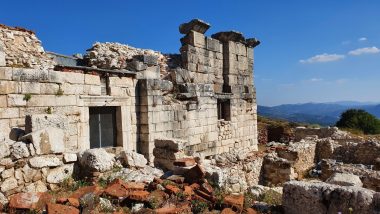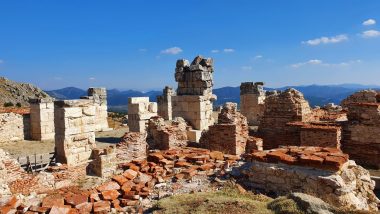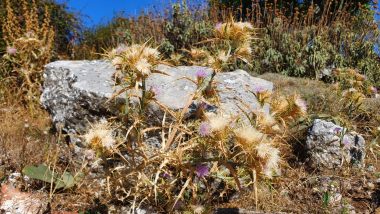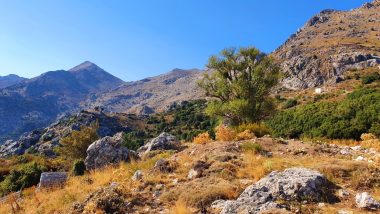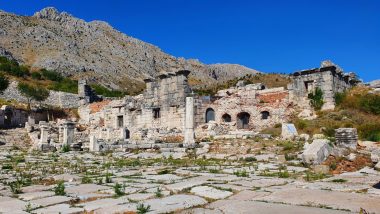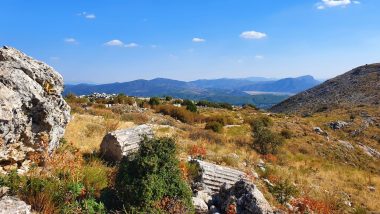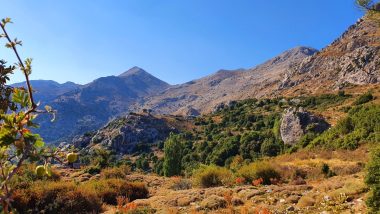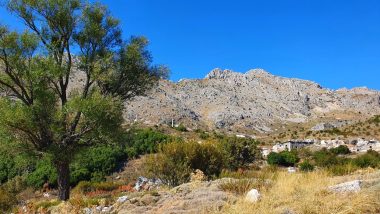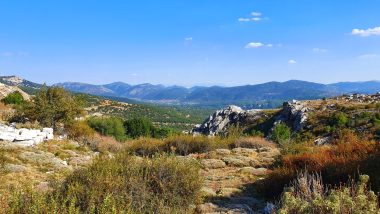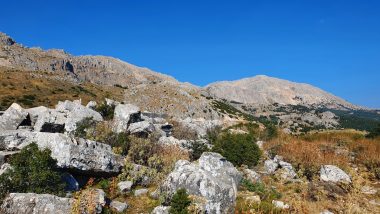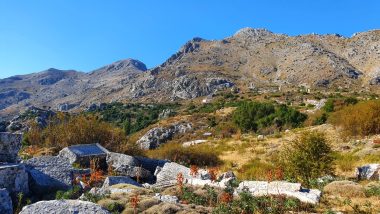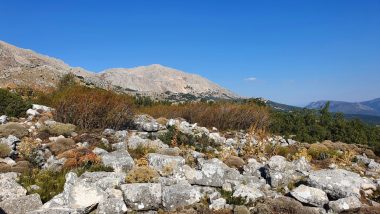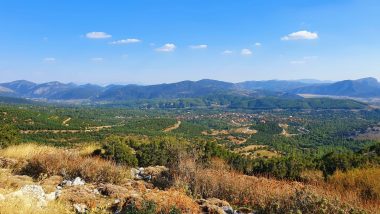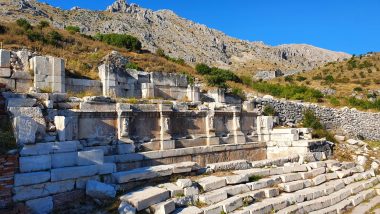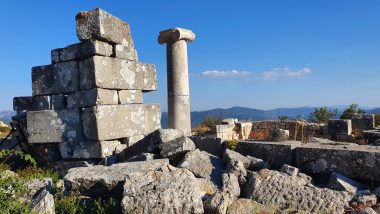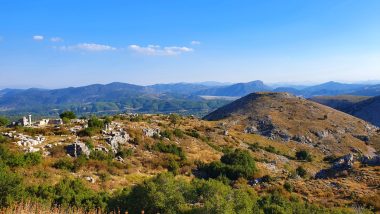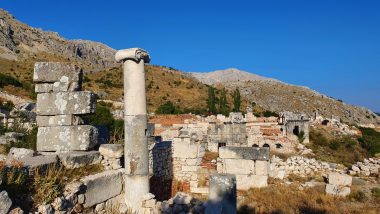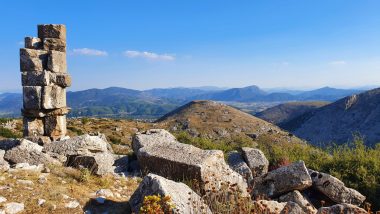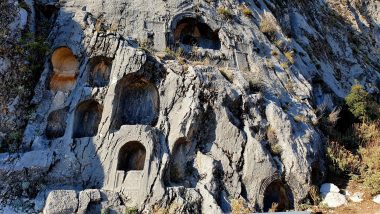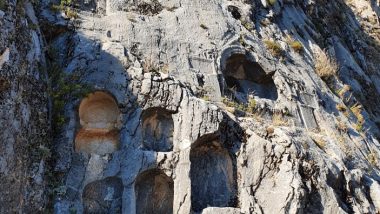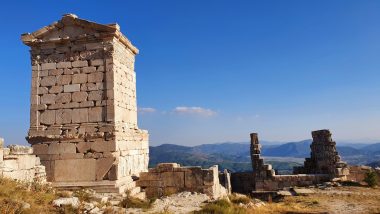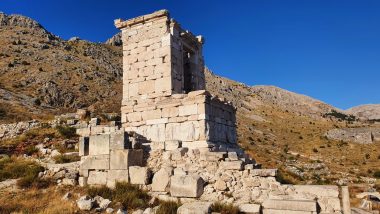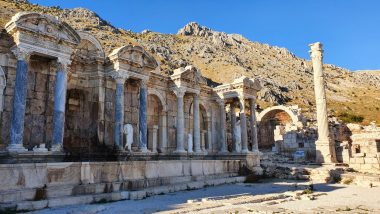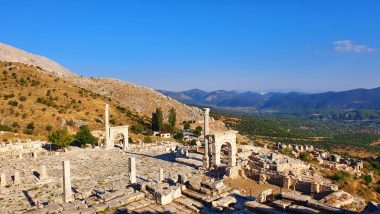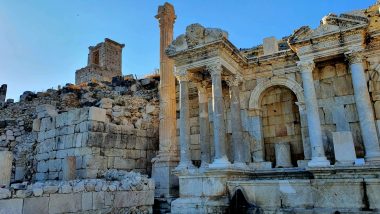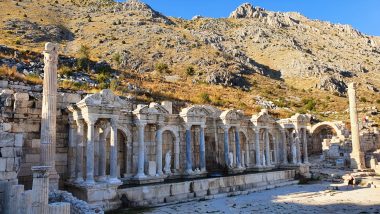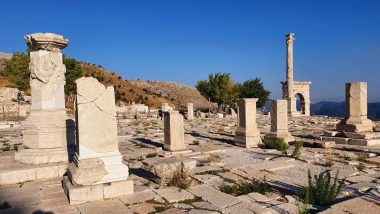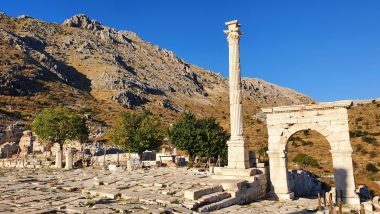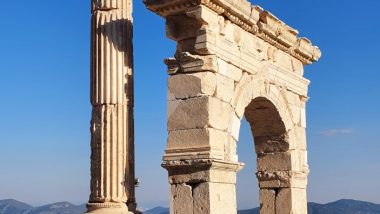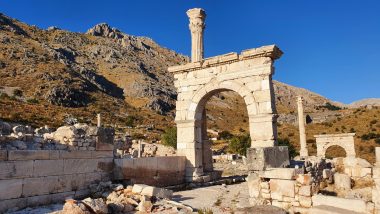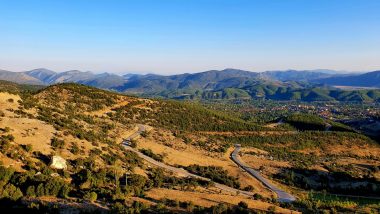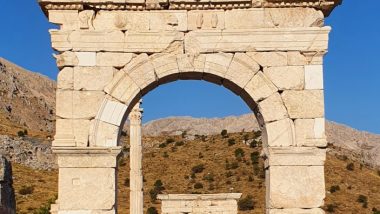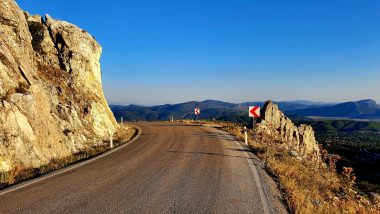During our visit, the main road leading to ancient Sagalassos was closed to place new tarmac. So, after some negotiations, we hired a local minibus to the site (60 TRY / one-way). The ancient city (🎫25 TRY) was founded on the south-facing slopes of the Taurus Mountain range and was the metropolis of the Roman province of Pisidia. Captured in 332 BC from the Persian Empire by Alexander the Great on his march through coastal Anatolia, Sagalassos was governed by successive members of Alexander’s ruling clique and their progeny: Antigonus the One-Eyed, Lysimachus, Seleucus, and finally the Attalids of Pergamon. In 129 BC, Sagalassos was incorporated into the Roman Empire. Yet, Hellenistic culture continued to dominate throughout the first century AD under Emperor Hadrian, who declared it the regional center of his cult. By the 13th century, successive epidemics, earthquakes, and marauding invaders forced Sagalassos’ population to flee to what is now the Turkish town of Ağlasun. Its remote location some 60 miles inland against the sky-piercing Taurus Mountains eluded thieves, preserving these bone-white stone ruins rich with Persian, Hellenistic, Roman, and Byzantine influences as one of the most intact ancient cities across the Mediterranean, with its vast city center, a well-preserved theater, a Doric temple, thermal baths, agora, a trio of a nymphaeum and a series of exquisitely detailed, colossal statues including the emperors Hadrian and Marcus Aurelius. Centuries of wild grass, weathering, and erosion left these magnificently crafted, cut limestone structures in various stages of decay.
Parking location – Ağlasun: 37.647877N 30.536295E


